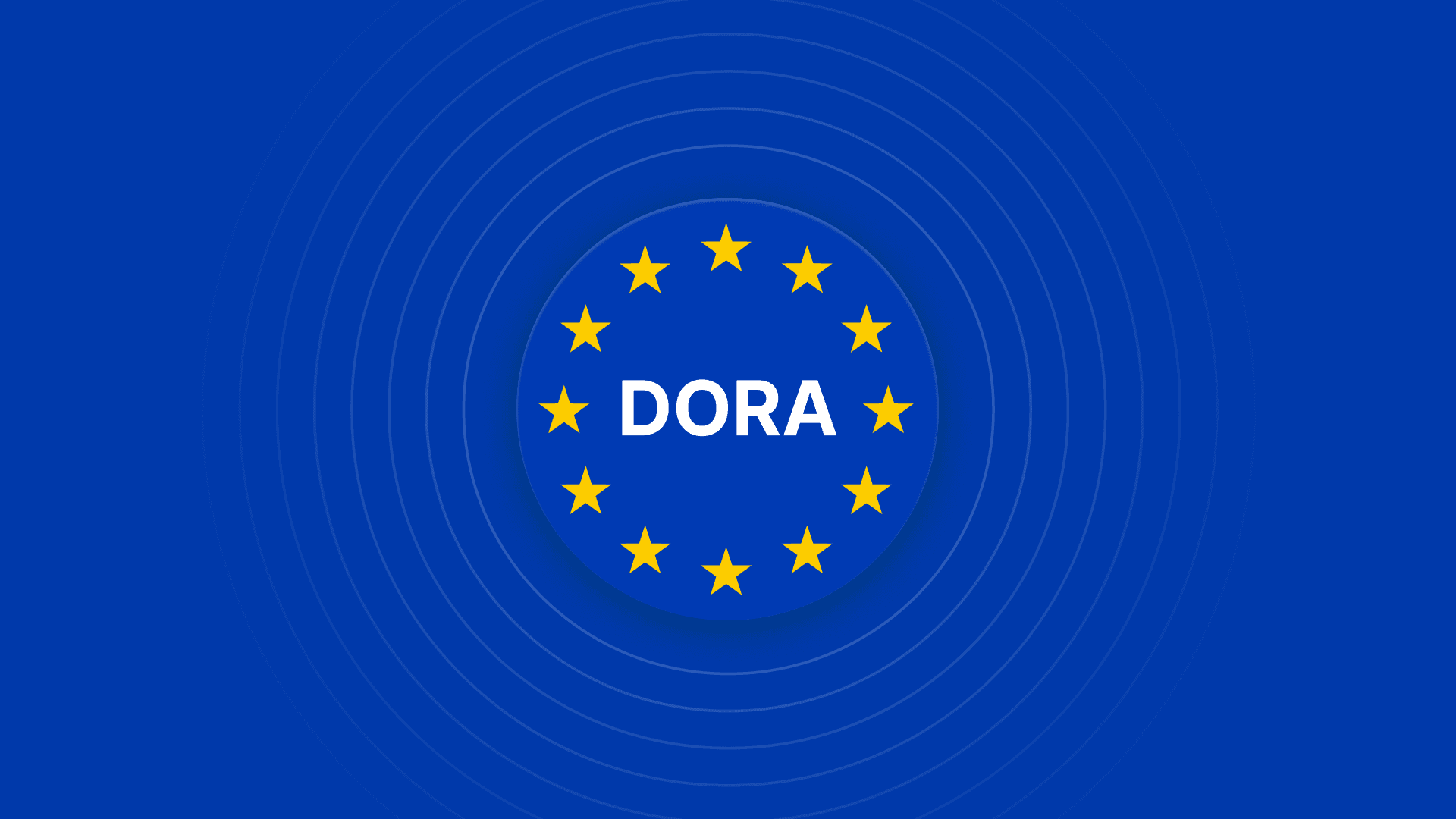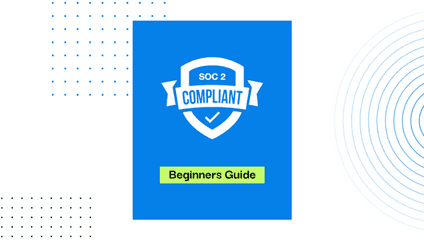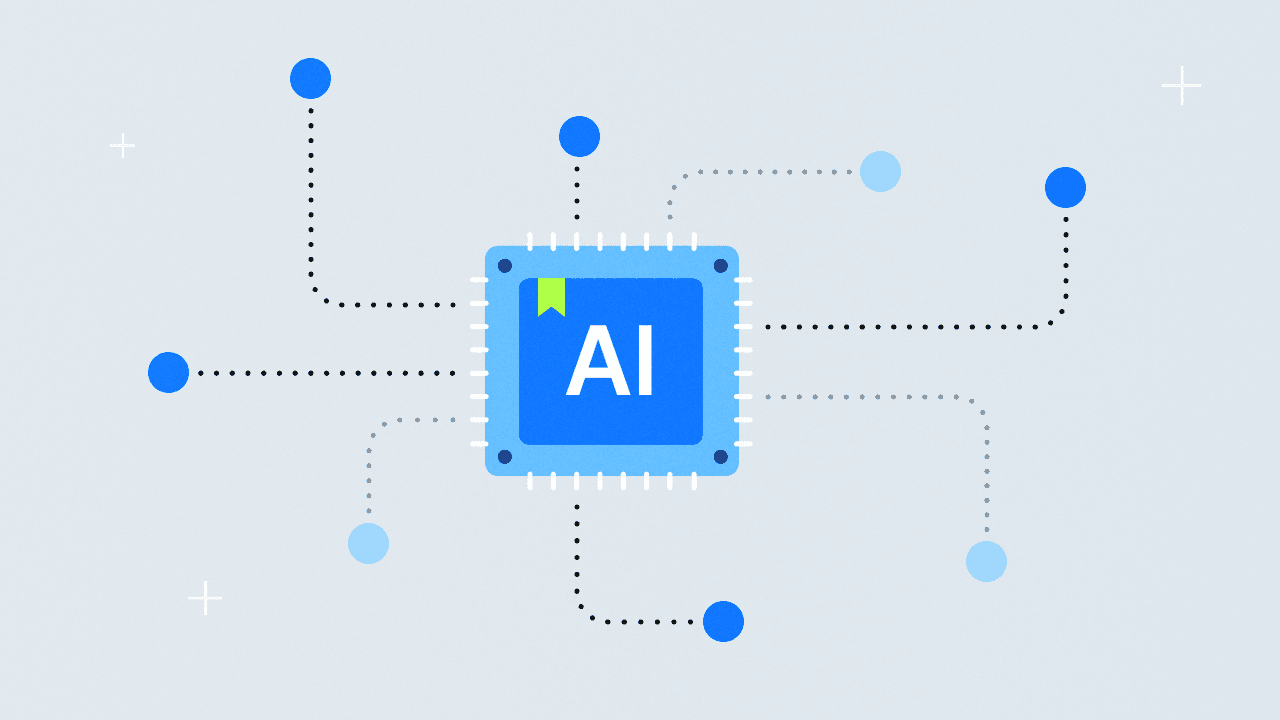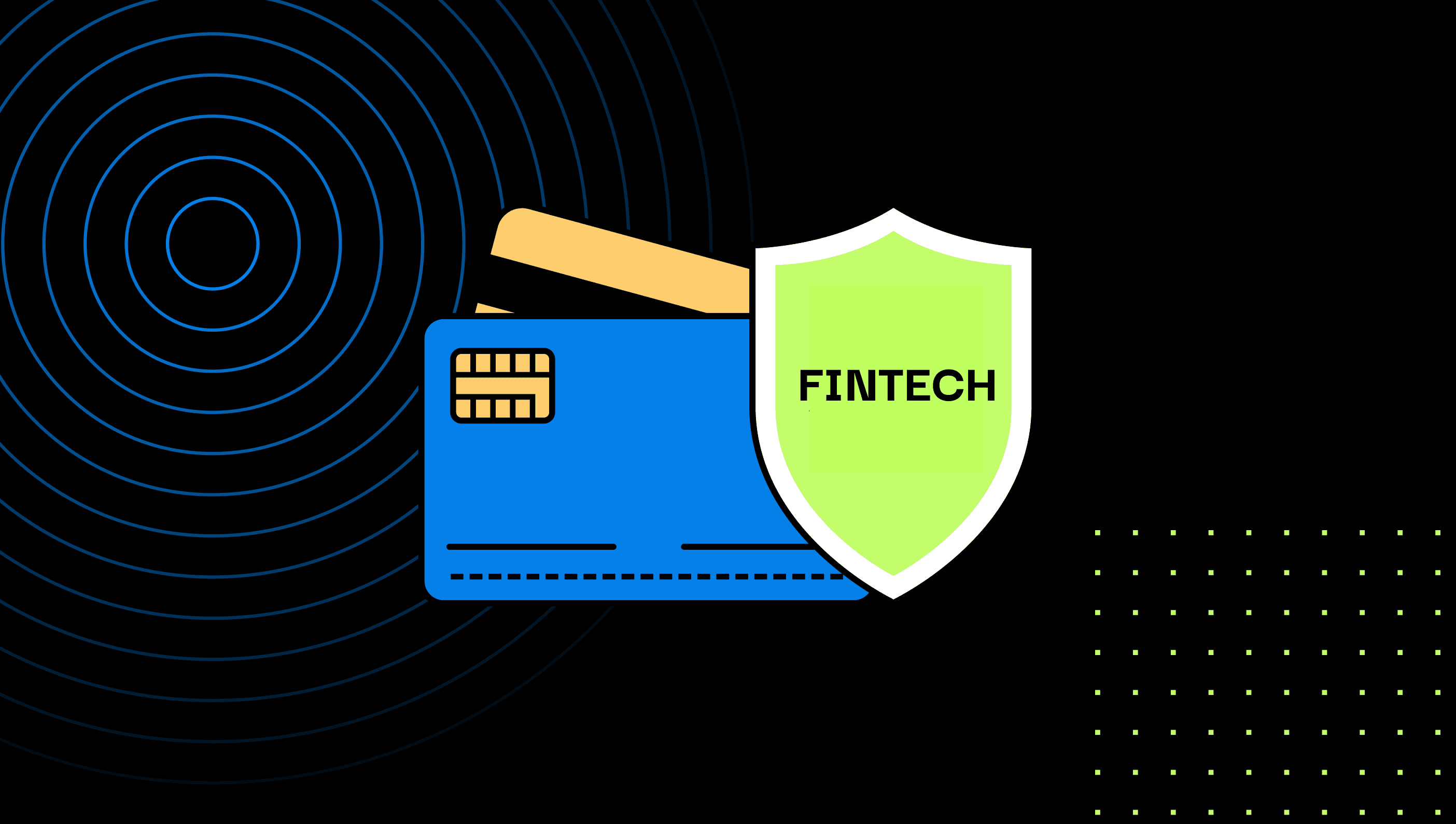What is GRC (Governance, Risk, and Compliance Management)?
Learn the essentials of GRC (governance, risk, and compliance) management, from key frameworks to best practices for building a secure, compliant, and scalable business.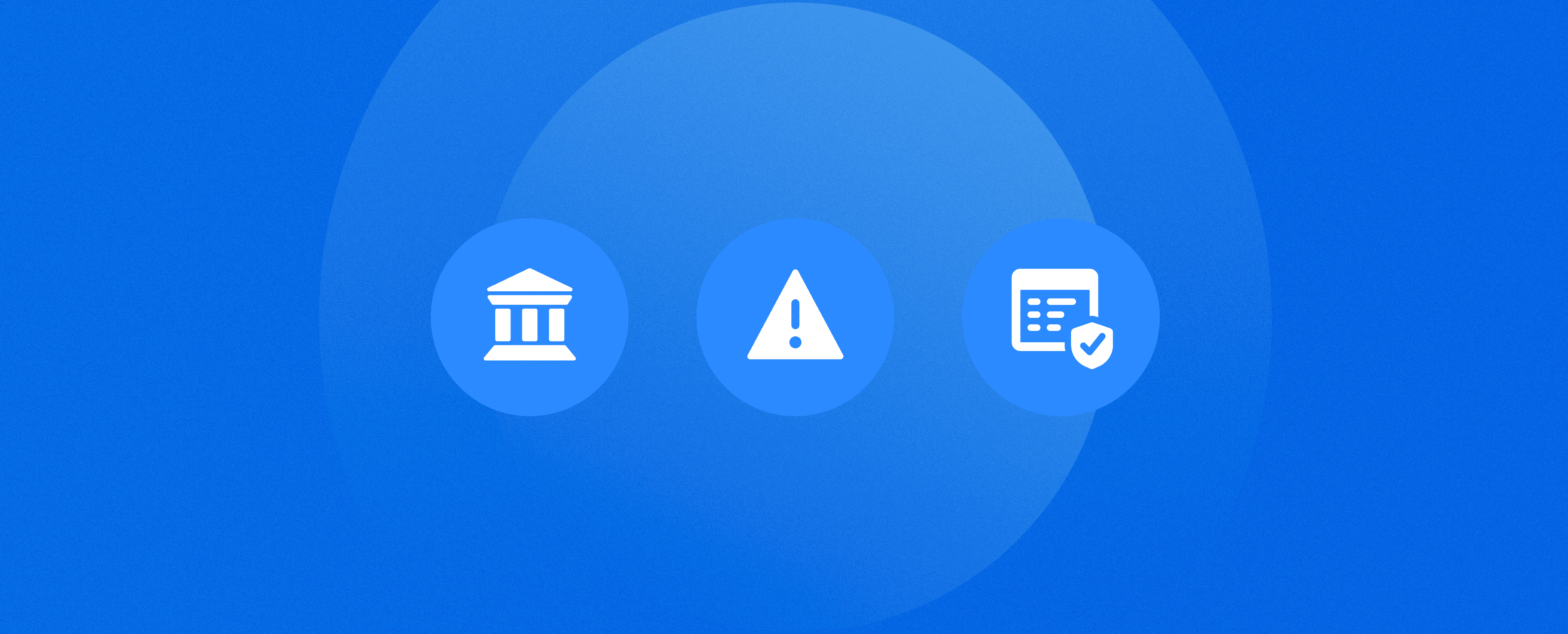
In 2024, the average cost of a data breach hit $4.88 million. But fallout from noncompliance and risk oversight isn’t just measured in dollar signs. It also slows sales, erodes trust, and disrupts operations.
Those outcomes share common cause: a lack of structure around risk, accountability, and assurance. Governance, Risk, and Compliance (GRC) solves that. It helps companies set policies, track risk, and prove they meet regulatory and customer expectations.
Teams that invest in integration, automation, and real-time monitoring move faster. They avoid last-minute audits, close deals with less friction, and build a foundation for long-term growth.
This guide covers the core of GRC: what it is, why it matters, which frameworks to know, and how to build a system that scales with your business.
What is Governance, Risk, and Compliance (GRC)?
Governance, risk, and compliance (GRC) management is the coordinated strategy organizations use to align security policies, manage operational risk, and meet regulatory requirements.
A well-defined GRC strategy aligns business leaders, security teams, compliance officers, and risk managers around working together to navigate regulatory complexity, mitigate risks, and establish clear accountability across teams.
Components of GRC
GRC combines three core components: governance, risk management, and compliance. Together, they help organizations reduce compliance burdens, optimize decision-making, and enhance operational resilience.
Governance
Governance provides the foundation for how organizations make strategic decisions, enforce internal controls, and oversee risk and compliance efforts. Strong corporate governance keeps operations aligned with business goals, regulatory requirements and industry standards (e.g., ISO 27001, NIST, SOC 2, PCI DAA, HIPAA)
Without effective GRC processes, you risk silos between departments where compliance, security, and risk management teams operate independently without coordination. A lack of alignment leads to duplicate efforts, inconsistent security policies, and gaps in compliance. These errors will ultimately increase the risk of regulatory violations, inefficiencies, and operational disruptions.
A well-structured governance approach includes:
Dashboards for tracking compliance activities and real-time insights.
Audit management tools to streamline internal and external audits.
Structured workflows that uphold accountability across departments.
Risk Management
Risk management is the structured approach to identifying, evaluating, and mitigating risks that could disrupt business processes, information security, and compliance management. A robust risk and compliance strategy helps you make informed decisions while minimizing cyber risk and avoiding regulatory violations.
An enterprise risk management (ERM) program should include:
Automated risk assessments to continuously evaluate exposure.
A structured risk register for tracking and prioritizing risks.
Cybersecurity risk management strategies that align with compliance objectives and proactively address threats before they escalate.
Compliance
Compliance management ensures your business meets regulatory requirements, industry standards, and internal policies to protect against cyber risk, environmental sustainable governance (ESG) violations, and operational inefficiencies.
An optimized compliance program includes:
Audit management workflows that simplify evidence collection and reporting.
Dashboards that provide real-time visibility into your compliance status.
Automation tools that track compliance across business processes.
GRC: Why Does it Matter?
Businesses that integrate GRC tools and automation into their workflows can optimize compliance efforts, improve strategic decision-making, and strengthen their security posture.
Here are some of the biggest benefits of implementing a GRC strategy in your organization.
Improved Decision-Making
A structured GRC program gives leadership real-time visibility into risks, compliance requirements, and internal controls. These insights enable data-driven, proactive decisions rather than reactive ones.
For example, companies preparing for ISO 27001 certification might struggle to identify compliance gaps. Conducting an ISO 27001 gap analysis helps them:
Identify security weaknesses before a formal audit.
Prioritize corrective actions to address non-conformities and strengthen their Information Security Management System (ISMS).
Align security controls with ISO 27001 requirements to ensure compliance with Annex A and other relevant clauses
As companies scale, compliance dashboards and automation help stakeholders monitor compliance risks in real-time, so they stay audit-ready and adaptable to evolving regulations.
Greater Efficiency
Companies that rely on manual compliance tracking grapple with duplicate efforts across teams, high audit costs, and wasted resources. An automated GRC platform eliminates these inefficiencies by streamlining compliance workflows and optimizing risk management processes.
For example, automating user access reviews helps you:
Monitor and enforce access controls continuously.
Minimize the risk of unauthorized access and potential insider threats.
Ensure compliance with SOC 2, ISO 27001, and other frameworks without last-minute scrambling.
Similarly, compliance automation simplifies audit management, keeping compliance records current and reducing the burden of last-minute documentation. Companies that embrace automation lower compliance costs while improving efficiency.
Reduced Risks
Without structured GRC processes, you’ll end up with weak access controls, unmanaged third-party risks that create security blind spots, and fines derived from regulatory gaps.
But armed with a proactive risk management strategy, you’ll be able to:
Identify and mitigate cybersecurity, financial, and compliance risks before they escalate.
Reduce third-party risk exposure by ensuring vendor security compliance.
Align risk management efforts with business objectives and regulatory mandates.
For example, businesses integrating penetration testing and vulnerability scanning into risk assessment workflows proactively identify security gaps before they can be exploited.
Who Owns GRC?
Governance, Risk, and Compliance is a shared responsibility across security, IT, legal, and leadership. However, specific roles tend to take the lead depending on the size and maturity of the organization.
CISO (Chief Information Security Officer)
The CISO usually owns the GRC function in larger organizations. They align security strategy with business goals and are responsible for maintaining trust with stakeholders. Their focus is on risk management, compliance oversight, and executive reporting.
Owns: Strategic direction, executive alignment, oversight of risk and compliance initiatives.
Pain points: Proving ROI of security investments, managing cross-functional alignment.
Head of GRC or Compliance
In mid-market and enterprise orgs, this role leads the day-to-day operations of GRC. They translate regulatory requirements into actionable controls, manage audits, and collaborate across teams to maintain compliance.
Owns: Control implementation, audit readiness, internal policies.
Pain points: Juggling competing frameworks, driving adoption without friction.
DevSecOps or Head of Engineering
In smaller or tech-driven companies, security and compliance often sit with DevSecOps or engineering leads. They build secure infrastructure, implement automated controls, and support compliance through tooling and process.
Owns: Secure-by-design practices, automation, evidence collection.
Pain points: Balancing speed with control, avoiding process overload for dev teams.
Key Drivers for Implementing GRC
What are the warning signs that tell you it's time to get your GRC house in order? Let’s explore them in detail.
Regulatory Requirements
Companies operating across multiple regions must comply with requirements like GDPR, HIPAA, SOC 2, and ISO 27001, each with its own security, privacy, and audit mandates. Not meeting these standards often means paying hefty fines, facing legal repercussions, and dealing with reputational damage.
Instead of manually tracking policy updates and conducting ad hoc audits, you can integrate real-time compliance monitoring to stay ahead of changing laws. Many companies use established risk assessment methodologies to evaluate their compliance posture and determine necessary adjustments.
For instance, a global software company expanding its cloud services must comply with ISO 27001 to strengthen its ISMS and meet enterprise customer expectations. With automated risk assessments, internal audits, and continuous security monitoring, they can proactively identify vulnerabilities and ensure compliance before certification.
Operational Complexities
As businesses scale, operations naturally become more intricate. Data silos and security gaps are sure to follow, as teams working across multiple locations can inadvertently create inconsistencies in how policies and compliance requirements are handled.
GRC automation helps tackle these challenges by standardizing security protocols and access controls. Regardless of how much an organization grows, a GRC program keeps risk management robust and effective.
Stakeholder Expectations
Customers, investors, and business partners now expect companies to demonstrate strong security and compliance practices as part of due diligence. Enterprise buyers often require vendors to meet SOC 2, ISO 27001, or GDPR standards before finalizing contracts, while investors evaluate risk management frameworks when assessing long-term viability.
In addition to security compliance, businesses must manage third-party risk, stay updated on regulatory changes, and where applicable, ESG requirements.
Companies that adopt compliance automation and centralized Trust Centers can instantly provide attestations, certifications, and reports, thus accelerating enterprise deals and reducing friction in procurement processes.
Top GRC Frameworks
Different GRC frameworks provide structured approaches to managing governance, risk, and compliance.
COSO (Committee of Sponsoring Organizations of the Treadway Commission)
The COSO framework is widely used to enhance internal controls, prevent fraud, and improve financial reporting transparency.
It helps you assess financial risks, strengthen corporate governance, and align with regulatory requirements, like Sarbanes-Oxley (SOX), which mandates financial transparency, internal controls, and fraud prevention for publicly traded companies.
Organizations implementing COSO should focus on its five core components:
Control Environment: Establishes ethical values, accountability, and oversight
Risk Assessment: Identifies financial reporting risks and internal control weaknesses
Control Activities: Implements security measures and fraud prevention protocols
Information & Communication: Ensures transparency in reporting and decision-making
Monitoring: Continuously evaluates compliance and effectiveness of internal controls
ISO 27001
The ISO 27001 framework is an international standard for managing information security risks through a structured Information Security Management System (ISMS). It helps organizations protect sensitive data, strengthen cybersecurity defenses, and demonstrate compliance with global security standards.
After using this standard to build your GRC program, you can get audited by a third-party to see if you meet the requirements for receiving your ISO 27001 certification. The latter proves you have strong defenses in place against cyber threats and meet regulatory requirements.
To achieve certification, organizations must:
Establish an ISMS that defines security objectives and risk tolerance.
Conduct regular risk assessments to identify vulnerabilities.
Implement security controls for data protection, access management, and encryption.
Document control selections in a Statement of Applicability to justify how they address security requirements.
Ensure compliance with ISO 27001 Annex A controls, which outline best practices for risk management, access controls, and incident response.
NIST Cybersecurity Framework (CSF)
The NIST Cybersecurity Framework (CSF) is widely used in government, private sector, and critical infrastructure to establish strong cybersecurity risk management strategies.
NIST CSF is built around five key functions:
Identify: Assess cybersecurity risks and assets
Protect: Implement safeguards like encryption and access controls
Detect: Monitor threats and security anomalies
Respond: Develop incident response plans
Recover: Ensure resilience through backup and recovery strategies
ISACA’s IT Risk Framework
The ISACA IT Risk Framework helps organizations with strict regulatory requirements and high cybersecurity risks identify, assess, and mitigate IT-related threats while ensuring business continuity. It helps businesses:
Anticipate cybersecurity threats before they disrupt operations.
Align IT risk strategies with regulatory compliance requirements.
Implement structured risk monitoring and response frameworks.
The framework consists of four key pillars:
Risk Identification: Detect IT vulnerabilities and security gaps
Risk Assessment: Evaluate the impact of IT risks on business processes
Risk Treatment: Develop mitigation plans and security controls
Risk Monitoring: Continuously track IT risks to prevent disruptions
ISACA’s COBIT Framework for IT Governance and Risk Management
The COBIT (Control Objectives for Information and Related Technologies) framework, developed by ISACA, is designed to help organizations manage IT processes, align technology with business objectives, and integrate risk management into governance strategies.
COBIT has five key principles:
Meeting Stakeholder Needs: Aligns IT with business goals to support operational efficiency
Covering the Enterprise End-to-End: Integrates IT governance across all business functions.
Applying a Single Integrated Framework: Integrates IT governance with frameworks like ISO 27001 and NIST to simplify compliance and eliminate overlap.
Enabling a Holistic Approach: Manages IT using interconnected processes, policies, and resources.
Separating Governance from Management: Governance sets objectives and oversees IT alignment with business goals, while management handles execution and daily operations.
Challenges in GRC Implementation
Implementing a GRC strategy can get complex, fast. Tackling these challenges early on helps you build a scalable, efficient program that supports long-term business success.
Siloed Processes and Lack of Integration
GRC efforts will fail if departments operate in silos. When there’s no communication, then you’re on the fast track to:
Overlapping security tools that do the same job but can't talk to each other.
Multiple teams maintaining separate compliance documentation for the same requirements.
Inconsistent risk assessments because each department uses different criteria.
Security incidents falling through the cracks because no one has the full picture.
Money wasted on duplicate tools and processes that could be unified.
Creating a cross-functional GRC steering committee and standardizing risk assessment frameworks across departments early on prevents these issues from taking root. Regular collaboration sessions between security, compliance, and IT teams also keep everyone aligned as processes mature.
Inadequate Technology
Relying on spreadsheets, emails, and disparate systems sets the stage for a tracking and reporting nightmare. Version control becomes impossible, data gets outdated fast, and piecing together audit evidence turns into a scavenger hunt.
GRC platforms centralize this information and automate the tedious parts, so your teams are free to focus on actually managing risk rather than managing spreadsheets.
Insufficient Stakeholder Engagement
GRC is often seen as an IT or security issue rather than a company-wide initiative. Yet, without leadership buy-in, compliance efforts become a constant uphill battle.
If executives fail to treat GRC as the strategic advantage it is, teams will struggle to obtain the resources and authority necessary to implement it. Your best bet to secure the support you need is to get stakeholders involved early and demonstrate GRC's impact on business objectives.
Best Practices for Effective GRC Management
Implementing the following best practices will help you maintain compliance, reduce risk, and enhance operational efficiency.
Continuous Monitoring
Static, point-in-time compliance checks are insufficient if you want to keep up with evolving risks and regulatory requirements. Today’s threat landscape calls for real-time visibility into your security gaps, compliance status, and risk exposure.
To maintain continuous compliance, you need to:
Automate compliance tracking: Use real-time monitoring tools to detect anomalies and ensure ongoing compliance.
Conduct internal audits at least once a year: Validate security controls and identify compliance gaps before external audits.
Set up risk alerts: Proactively flag vulnerabilities and security threats before they become critical.
Leadership Engagement
GRC is a company-wide responsibility, not just an IT or security function. Without leadership buy-in and cross-functional participation, compliance becomes an afterthought, increasing security risks and regulatory exposure.
To ensure stakeholder engagement, you should:
Assign compliance ownership at the executive level: Ensure leadership takes responsibility for compliance strategy and resource allocation.
Implement training programs: Educate employees on security best practices and regulatory requirements to build a culture of compliance.
Incorporate compliance metrics into performance evaluations: Tie compliance objectives to employee goals and team KPIs to reinforce accountability across the organization.
How Drata Simplifies Governance, Risk, and Compliance Management
Managing GRC manually is overwhelming, but you don’t have to do it on your own. Drata gives you a unified platform that helps you:
Automate compliance monitoring across SOC 2, ISO 27001, HIPAA, GDPR, PCI DSS, and more.
Get real-time risk insights with continuous monitoring and automated alerts.
Simplify audits with evidence collection, Trust Center reports, and auditor-ready compliance frameworks.
Ensure security best practices with automated user access reviews and penetration testing integration.
GRC Frequently Asked Questions (FAQs)
Still have questions about GRC? We answer common queries below.
What Is Governance, Risk Management, and Compliance?
Governance, risk management, and compliance (GRC) is a framework for aligning business goals with security, managing risk, and meeting regulatory obligations. It gives orgs a clear way to stay accountable, reduce risk exposure, and prove compliance.
Governance sets policies, roles, and oversight to guide how decisions get made.
Risk management identifies, evaluates, and mitigates threats across the business.
Compliance ensures the organization meets legal, regulatory, and framework requirements.
A well-run GRC program builds trust (internally and externally) by showing that your business makes smart, secure, and compliant decisions.
What Are the Three Key Elements of GRC?
The three core elements of GRC are Governance, Risk Management, and Compliance. They work together to protect the business and support growth:
Governance creates structure. It defines who’s responsible for what and ensures business decisions follow company policies.
Risk management anticipates problems. It identifies threats (like outages, breaches, or vendor failures) and outlines how to handle them.
Compliance keeps the business aligned with laws, regulations, and standards like SOC 2, ISO 27001, HIPAA, and GDPR.
Is GRC Part of Cybersecurity?
Yes, GRC is a critical part of cybersecurity, but it covers more than just technical controls. Cybersecurity protects systems and data, while GRC makes sure that protection is intentional, measurable, and aligned with business goals.
Where cybersecurity answers how you protect, GRC answers why it matters and how well it’s working.

